Marketing Paper by Michael Leung (ereader with dictionary .TXT) 📕

- Author: Michael Leung
Book online «Marketing Paper by Michael Leung (ereader with dictionary .TXT) 📕». Author Michael Leung
Predicated upon an expected level of learning/comprehension having been achieved, all associated academic accreditation becomes seriously undermined if plagiarism is allowed to become the norm within academic submissions.[31]
For professors and researchers, plagiarism is punished by sanctions ranging from suspension to termination, along with the loss of credibility and perceived integrity.[32][33] Charges of plagiarism against students and professors are typically heard by internal disciplinary committees, by which students and professors have agreed to be bound.[34] Plagiarism is a common reason for academic research papers to be retracted.[35]
Academia[edit]One form of academic plagiarism involves appropriating a published article and modifying it slightly to avoid suspicion.
No universally adopted definition of academic plagiarism exists;[36] however, this section provides several definitions to exemplify the most common characteristics of academic plagiarism.
According to Bela Gipp[37] academic plagiarism encompasses:
"The use of ideas, concepts, words, or structures
without appropriately acknowledging the source
to benefit in a setting where originality is expected."[37]
The definition by B. Gipp is an abridged version of Teddi Fishman's definition of plagiarism, which proposed five elements characteristic of plagiarism.[38] According to T. Fishman, plagiarism occurs when someone:
Uses words, ideas, or work products Attributable to another identifiable person or source Without attributing the work to the source from which it was obtained In a situation in which there is a legitimate expectation of original authorship In order to obtain some benefit, credit, or gain which need not be monetary[38]Furthermore, plagiarism is defined differently among institutions of higher learning and universities:
Stanford defines plagiarism as the "use, without giving reasonable and appropriate credit to or acknowledging the author or source, of another person's original work, whether such work is made up of code, formulas, ideas, language, research, strategies, writing or other form."[39] Yale views plagiarism as the "... use of another's work, words, or ideas without attribution," which includes "... using a source's language without quoting, using information from a source without attribution, and paraphrasing a source in a form that stays too close to the original."[40] Princeton describes plagiarism as the "deliberate" use of "someone else's language, ideas, or other original (not common-knowledge) material without acknowledging its source."[41] Oxford College of Emory University characterizes plagiarism as the use of "a writer's ideas or phraseology without giving due credit."[42] Brown defines plagiarism as "... appropriating another person's ideas or words (spoken or written) without attributing those word or ideas to their true source."[43] The U.S. Naval Academy defines plagiarism as "the use of the words, information, insights, or ideas of another without crediting that person through proper citation."[44]Forms of academic plagiarism[edit]
Different classifications of academic plagiarism forms have been proposed. Many classifications follow a behavioral approach, i.e., they seek to classify the actions undertaken by plagiarists.
For example, a 2015 survey of teachers and professors by Turnitin,[45] identified 10 main forms of plagiarism that students commit:
Submitting someone's work as their own. Taking passages from their own previous work without adding citations (self-plagiarism). Re-writing someone's work without properly citing sources. Using quotations but not citing the source. Interweaving various sources together in the work without citing. Citing some, but not all, passages that should be cited. Melding together cited and uncited sections of the piece. Providing proper citations, but failing to change the structure and wording of the borrowed ideas enough (close paraphrasing). Inaccurately citing a source. Relying too heavily on other people's work, failing to bring original thought into the text.A 2019 systematic literature review on academic plagiarism detection[46] deductively derived a technically oriented typology of academic plagiarism from the linguistic model of language consisting of lexis, syntax, and semantics extended by a fourth layer to capture the plagiarism of ideas and structures.The typology categorizes plagiarism forms according to the layer of the model they affect:
Characters-preserving plagiarism Verbatim copying without proper citation Syntax-preserving plagiarism Synonym substitution Technical disguise (e.g. using identically looking glyphs from another alphabet) Semantics-preserving plagiarism Translation Paraphrase Idea-preserving plagiarism Appropriation of ideas or concepts Reusing text structure Ghostwriting Collusion (typically among students) Contract cheatingSanctions for student plagiarism[edit]
In the academic world, plagiarism by students is usually considered a very serious offense that can result in punishments such as a failing grade on the particular assignment, the entire course, or even being expelled from the institution.[3] The seriousness with which academic institutions address student plagiarism may be tempered by a recognition that students may not fully understand what plagiarism is. A 2015 study showed that students who were new to university study did not have a good understanding of even the basic requirements of how to attribute sources in written academic work, yet students were very confident that they understood what referencing and plagiarism are.[47] The same students also had a lenient view of how plagiarism should be penalised.
For cases of repeated plagiarism, or for cases in which a student commits severe plagiarism (e.g., purchasing an assignment), suspension or expulsion may occur. There has been historic concern about inconsistencies in penalties administered for university student plagiarism, and a plagiarism tariff was devised in 2008 for UK higher education institutions in an attempt to encourage some standardization of approaches.[48]
However, to impose sanctions, plagiarism needs to be detected. Strategies faculty members use to detect plagiarism include carefully reading students work and making note of inconsistencies in student writing, citation errors and providing plagiarism prevention education to students.[49] It has been found that a significant share of (university) teachers do not use detection methods such as using text-matching software.[50] A few more try to detect plagiarism by reading term-papers specifically for plagiarism, while the latter method might be not very effective in detecting plagiarism – especially when plagiarism from unfamiliar sources needs to be detected.[50] There are checklists of tactics to prevent student plagiarism.[51]
ImprintPublication Date: 07-10-2020
All Rights Reserved
Dedication:
Marketing is a dynamic field that changes with time. Hence, students need to use sources of information that will provide up-to-date information for writing marketing papers. Students write marketing papers such as marketing dissertations, marketing essays, marketing research papers and marketing term papers. It is essential for a student to research on a marketing paper topic before commencing marketing paper writing. Excellent writing skills are essential for quality marketing paper writing. Not all students can write quality marketing papers that will earn excellent grades. Such students result to buying custom-written marketing papers from custom paper writing companies.
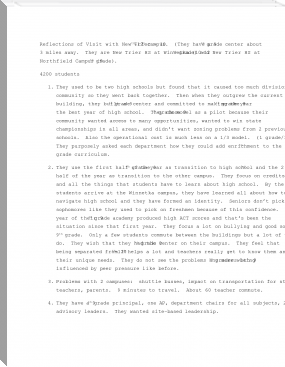
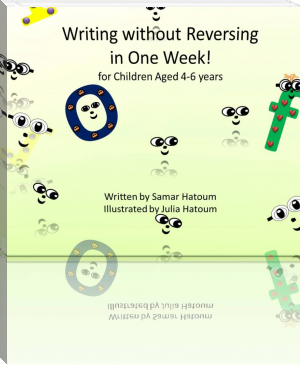
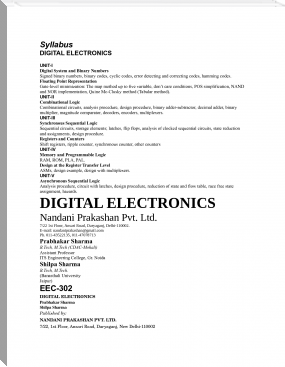
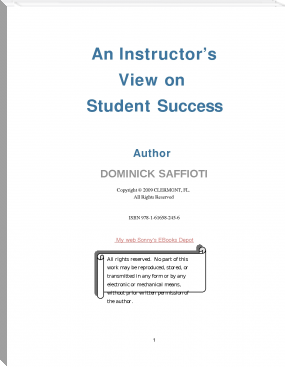
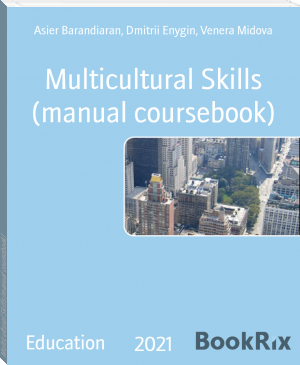
Comments (0)